Physical Address
304 North Cardinal St.
Dorchester Center, MA 02124
Physical Address
304 North Cardinal St.
Dorchester Center, MA 02124

Star Trek has captured the imagination of audiences for decades with its legendary starships exploring the far reaches of space. From the iconic USS Enterprise to lesser-known vessels, the names of Star Trek ships are as diverse as the adventures they undertake. This article takes you on a journey through the fascinating world of Star Trek ships by exploring their names, numbers, and significance, highlighting famous vessels and their classes, presenting them in chronological order, sharing images, and even introducing a ship name generator for aspiring fleet captains. Discover more about Federation ship classes and meet notable ships like the USS Nimitz in this comprehensive guide.
Star Trek ships have some of the most iconic and meaningful names in science fiction. Most Federation starships carry the prefix “USS,” which stands for “United Space Ship” in the Star Trek universe, similar to how naval vessels use “United States Ship” in real life. The ship names often honor famous explorers, scientists, peacekeepers, or inspirational concepts. For example, the legendary USS Enterprise is named to evoke a spirit of adventure and exploration. Other ships are named after historical figures like Gandhi or Pasteur, or important places and events, such as the USS Yorktown or USS Potemkin. Some names reflect ideals or aspirations, like Voyager or Intrepid, while others pay tribute to lesser-known but significant contributors to science and culture, such as the USS Al-Khazini, named after a 12th-century Persian scientist. Starfleet ships also have registry numbers starting with “NCC,” followed by digits, which help identify them uniquely. This naming system creates a rich tapestry that connects the ships to human history, culture, and values, making the Star Trek universe feel grounded and inspiring at the same time.

Star Trek ship names and numbers are a fascinating part of the series’ rich lore. Each starship in Starfleet carries a unique name, often inspired by historical figures, mythological creatures, or symbolic concepts, paired with a registry number that identifies the vessel. For example, the famous USS Enterprise is designated NCC-1701, where “NCC” is a prefix used for Federation starships, and the numbers help distinguish different ships or versions over time.
The numbering system typically follows a pattern, with lower numbers assigned to earlier or more prominent ships, while higher numbers indicate newer or less central vessels. Names like USS Yamato (NCC-06) or USS Protector (NCC-04) reflect a tradition of honoring important cultural or historical references within the Star Trek universe. This combination of names and numbers helps fans and characters alike keep track of the many starships exploring space.
Beyond the famous Enterprise, there are numerous other ships like the USS Osprey (NCC-1412) and USS Harrier (NCC-1415), showing the diversity and scale of Starfleet’s fleet. This system adds depth and realism to the storytelling, making each ship feel like a unique character in the vast Star Trek saga.
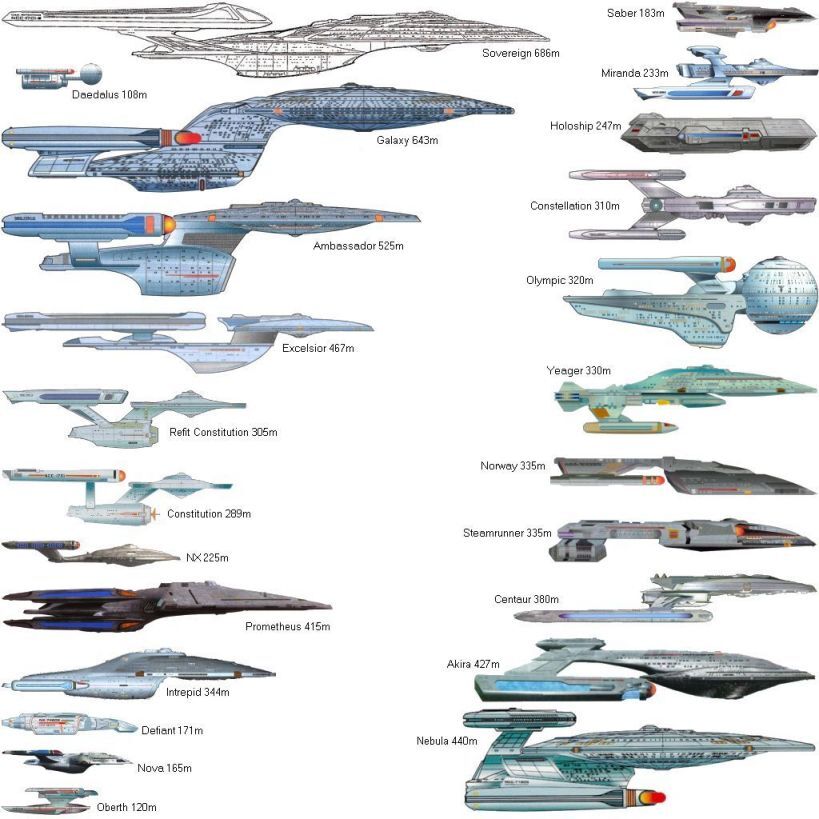
Star Trek is famous for its incredible starships, each with its own unique story and charm. The most iconic is undoubtedly the USS Enterprise, especially the NCC-1701-D from Star Trek: The Next Generation. Captained by Jean-Luc Picard, this Galaxy-class ship was like a spaceborne city, designed not just for exploration but also for comfort, with families living aboard. It played a crucial role in defending the Federation, notably against the Borg, and remains a beloved symbol of Starfleet’s ideals.
Another standout is the USS Voyager, an Intrepid-class ship that got stranded far from home in the Delta Quadrant. Under Captain Kathryn Janeway, Voyager’s crew embarked on a long journey back to Federation space, facing countless challenges. Voyager’s sleek, compact design and advanced tech, like bio-neural circuitry, made it a favorite among fans.
Then there’s the Borg Cube, a terrifying and powerful vessel representing the relentless Borg collective. Its sheer size and ominous presence make it one of the most memorable ships in the franchise. Together, these ships capture the spirit of Star Trek—adventure, resilience, and hope for the future.
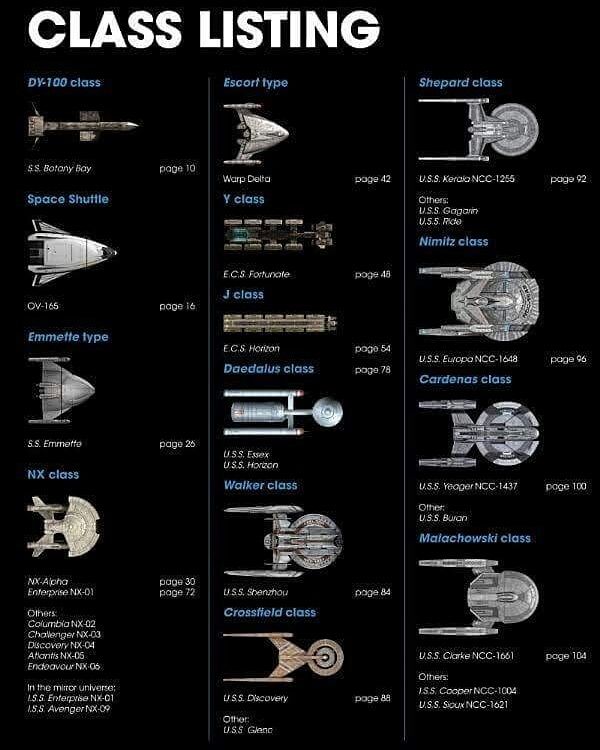
Star Trek fans often get excited about the many iconic starships featured throughout the franchise, each with its own unique design and story. Some of the most beloved ships include the USS Enterprise, which has several versions like the classic Constitution class and the sleek Galaxy class from The Next Generation. Another fan favorite is the Intrepid class, best known as the USS Voyager, admired for its elegant lines and advanced technology. The Akira class is also popular, known for its dynamic and powerful look, appearing briefly in Star Trek: First Contact and later series. These ships not only serve as the setting for many adventures but also reflect the evolving design aesthetics of Starfleet vessels over time.
If you enjoy visuals, there are extensive galleries online showcasing detailed images, blueprints, and concept art of these starships, including Federation and alien vessels. These collections help fans appreciate the craftsmanship behind the designs and the rich variety of ships across different Star Trek series and timelines. Whether you’re drawn to the classic or the modern, Star Trek’s starships continue to inspire with their blend of futuristic technology and storytelling charm.

Star Trek ships have a rich history with many iconic names that fans love to recognize. Starting with the Original Series, some of the well-known starships include the USS Enterprise, USS Exeter, USS Farragut, USS Constitution, USS Constellation, USS Kongo, USS Yorktown, USS Lexington, USS Intrepid, USS Republic, USS Hood, USS Potemkin, and USS Valiant. These names often reflect historical naval vessels or inspirational terms, giving a sense of tradition and honor to the fleet. The USS Enterprise is, of course, the most famous, serving as the flagship in many series.
Beyond the Original Series, Starfleet ships continue to carry meaningful names. For example, the USS Kelvin is named after physicist William Thomson, 1st Baron Kelvin, and also honors the grandfather of filmmaker J.J. Abrams, who included the name in his Star Trek projects. Other ships like the USS Ross and the USS Emmett Till appear in later series and games, expanding the Star Trek universe with new classes and missions. Klingon ships like the D7-class battlecruiser also have distinct names such as IKS Gr’oth, appearing in both The Original Series and Deep Space Nine.
Overall, the names of Star Trek ships blend real-world history, science, and creative storytelling, making the fleet feel both familiar and futuristic.
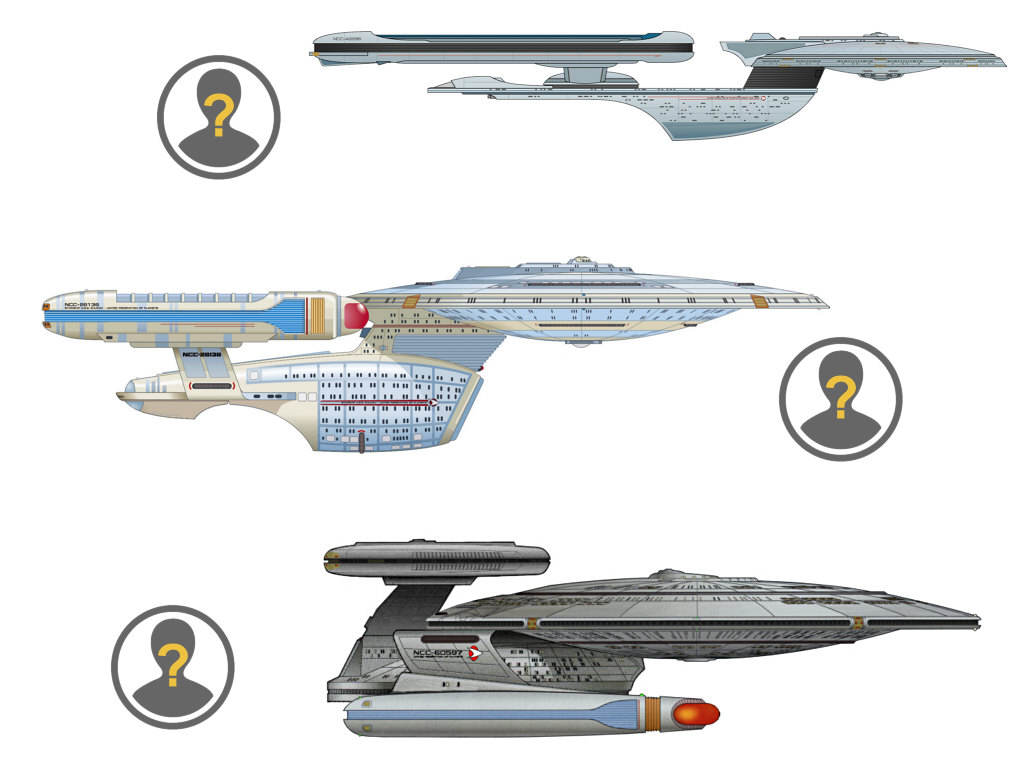
Star Trek ships have evolved through the franchise’s timeline, starting with the earliest known vessel, the NX-01 Enterprise, from the mid-22nd century in Star Trek: Enterprise. This pioneering ship set the stage for future exploration with Captain Jonathan Archer at the helm. Moving forward to the 23rd century, the iconic Constitution-class Enterprise (NCC-1701) captained by Kirk became the symbol of Starfleet’s golden age, exploring strange new worlds and seeking out new life.
By the 24th century, the Galaxy-class USS Enterprise-D took center stage in Star Trek: The Next Generation, showcasing advanced technology and a larger crew for deep-space missions. Around the same era, the Defiant-class USS Defiant appeared in Deep Space Nine, designed for combat during the Dominion War. Later, the Intrepid-class USS Voyager embarked on its long journey home from the Delta Quadrant in the late 24th century, highlighting endurance and adaptability.
Each ship reflects the era’s technology and storytelling focus, from early exploration to wartime resilience and deep-space endurance, creating a rich tapestry of Star Trek’s starships in chronological order.
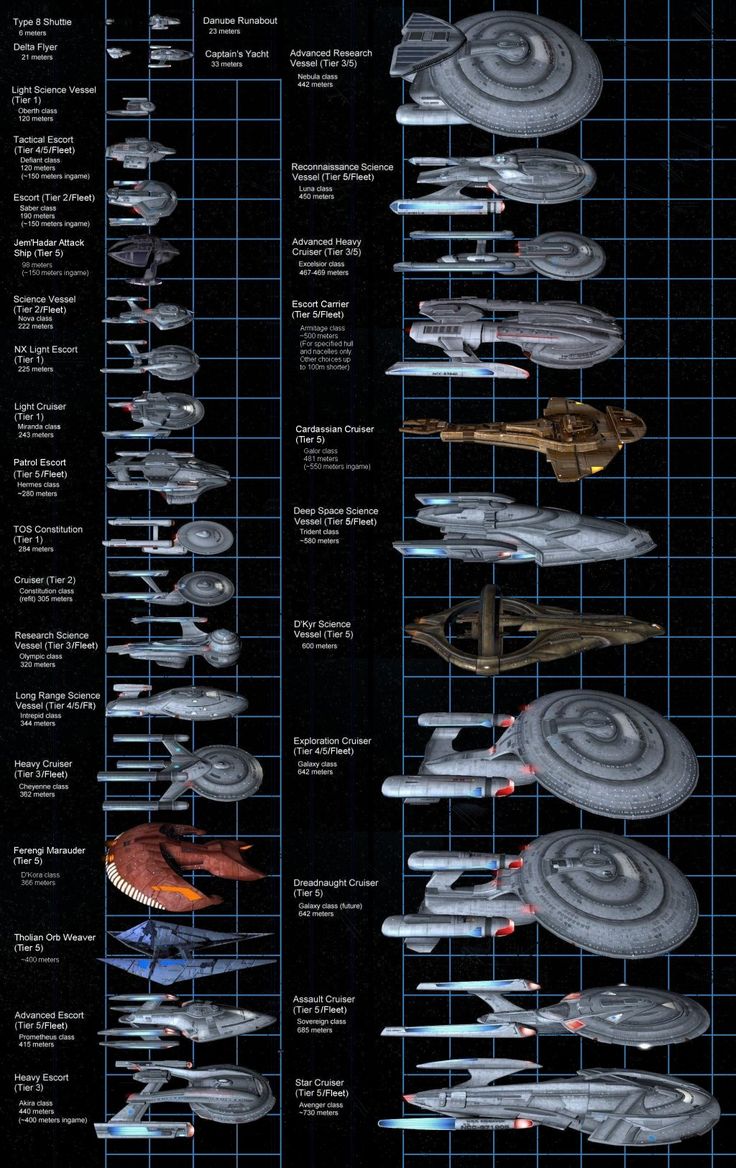
Star Trek features a fascinating variety of starship classes, each designed for specific roles within the vast universe of Starfleet and other factions. For example, the Constitution Class is iconic for exploration and defense, famously represented by the USS Enterprise. The Galaxy Class takes this further with a multi-purpose design, combining exploration, scientific research, and combat capabilities, making it one of the most versatile ships in Starfleet. Then there’s the Sovereign Class, known for its advanced technology and powerful armament, often seen as a culmination of previous design achievements.
Beyond the Federation, other groups have their own ship classes. The Dominion boasts dreadnoughts and battlecruisers designed for heavy combat, while the Cardassians field patrol crafts and heavy cruisers suited for their strategic needs. Smaller, specialized vessels like the Danube Class runabouts serve as multipurpose interstellar craft, ideal for short missions or transport. These classes reflect the rich storytelling of Star Trek, where each ship not only serves a tactical purpose but also embodies the spirit and culture of its crew and faction.
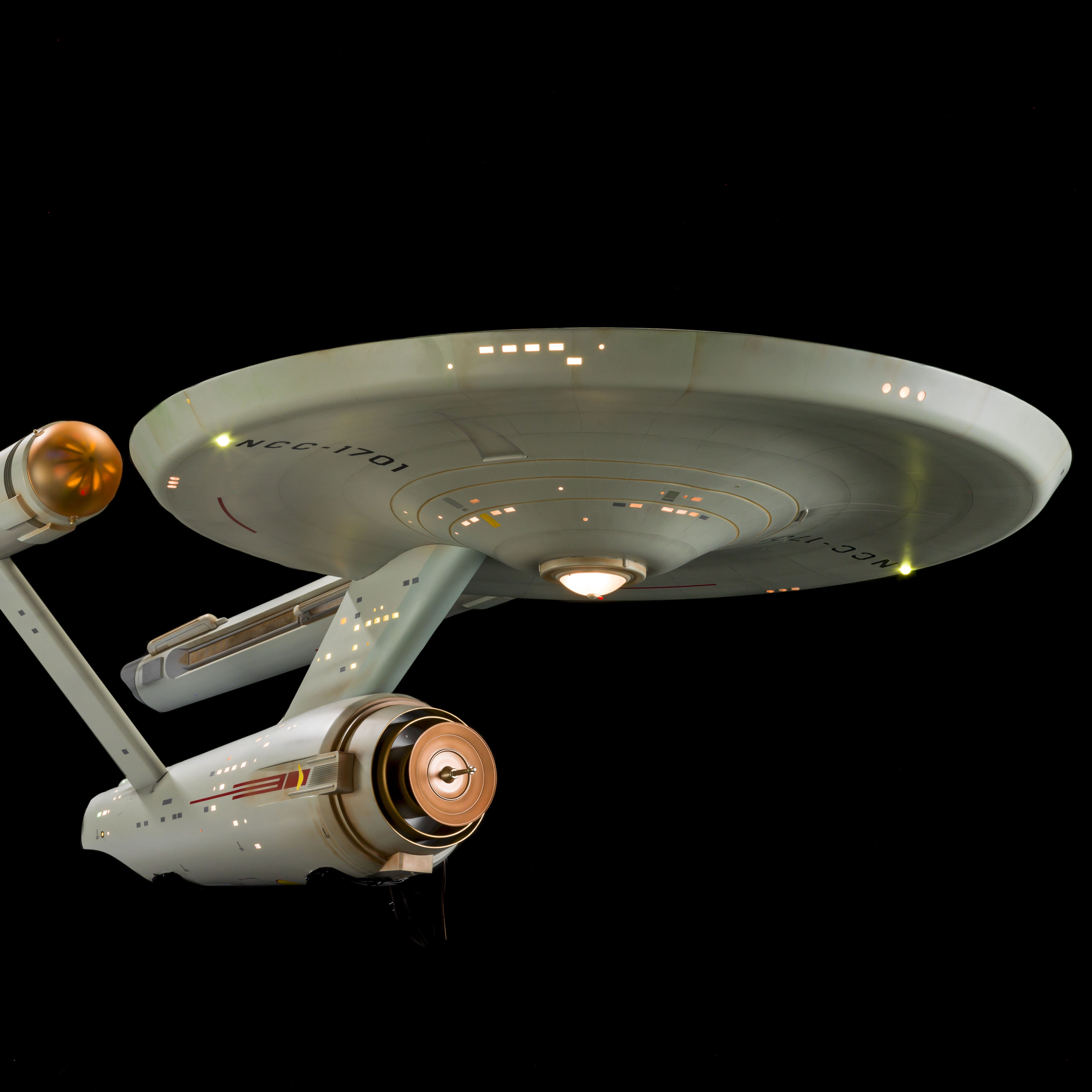
The Star Trek Federation boasts a fascinating variety of starship classes, each designed for specific roles within the vast universe. Some of the most iconic include the Akira-class, known for its heavy armament and use during major conflicts like the Dominion War, serving as a powerful heavy cruiser. Then there’s the Defiant-class, a small but fierce escort vessel built primarily for combat, famous for its role in Deep Space Nine as a ship that “kicks ass and chews bubble gum.” The Excelsior-class is another staple, often seen as a reliable, medium-sized ship that balances exploration and defense duties. More advanced and tactical is the Prometheus-class, notable for its multi-vector assault mode, allowing it to split into three independent vessels—an impressive feature showcased in Voyager. Beyond combat, the Federation also fields ships like the Danube-class runabouts, versatile for transport and reconnaissance, and the Nova-class, used for scientific missions. These classes reflect the Federation’s blend of exploration, defense, and diplomacy, making their fleet diverse and adaptable to many challenges in space.
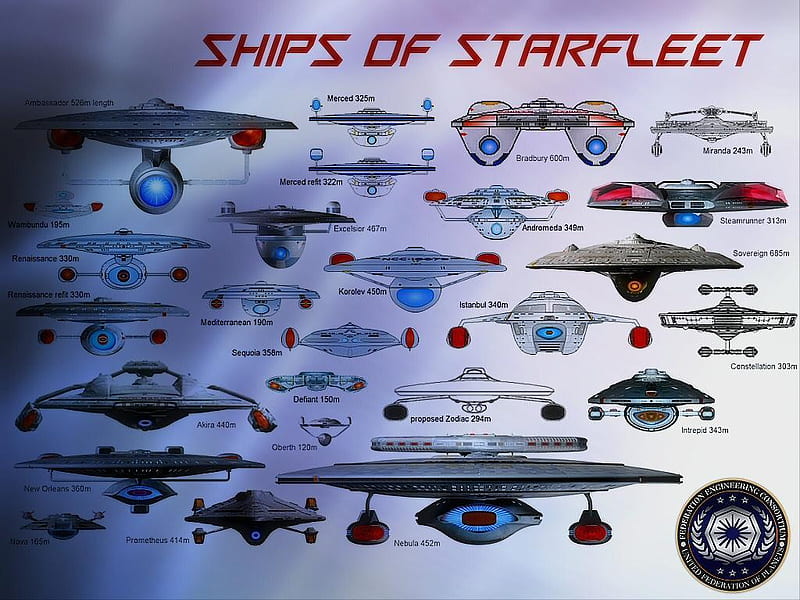
If you’re a Star Trek fan or just love sci-fi, a Star Trek Ship Names Generator is a fun tool to spark your creativity. It helps you come up with authentic-sounding starship names like USS Enterprise or USS Voyager, blending classic Starfleet naming styles with imaginative twists. These generators often include prefixes like USS (United Space Ship) or HMS (Her Majesty’s Ship), mimicking the iconic format seen in the series. You can quickly generate a list of names, perfect for stories, games, or just daydreaming about commanding your own starship.
Many generators let you customize names with prefixes or acronyms, inspired by Star Trek’s tradition of honoring famous explorers, admirals, or inspirational concepts. Some even offer registry numbers like NCC-1701 to complete the look. Whether you want a majestic cruiser or a nimble scout ship, these tools make it easy to find a name that fits your vision. Plus, they’re a great way to connect with the rich history and lore of the Star Trek universe while adding your own personal touch to it.
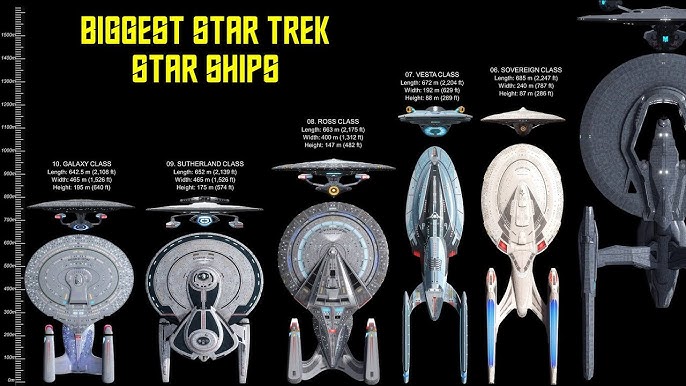
The USS Nimitz (CVN-68) is a remarkable aircraft carrier and the lead ship of its class, named after World War II Fleet Admiral Chester W. Nimitz. It was commissioned in 1975 and is the oldest active aircraft carrier in the U.S. Navy today. This massive warship displaces about 100,000 tons and stretches over 1,090 feet long, housing around 5,000 sailors and Marines onboard. Powered by two nuclear reactors, it generates over 250,000 horsepower, allowing it to operate for long periods without refueling. The ship features four catapults and four arresting wires to launch and recover aircraft efficiently.
Over its impressive career, the USS Nimitz has completed 28 deployments, supporting peace and security worldwide. It has conducted more than a quarter of a million catapult launches and arrested landings, showcasing its vital role in naval operations. The ship has also changed homeports several times, currently based at Naval Base Kitsap in Washington. Beyond its technical marvels, the Nimitz has been a formative home for tens of thousands of sailors, many serving multiple tours aboard this legendary carrier.
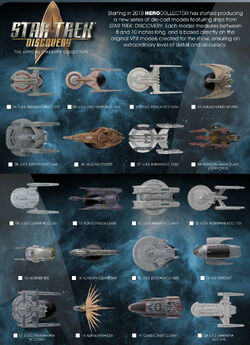
In conclusion, the diverse array of starship names within the Star Trek universe reflects the franchise’s rich storytelling and imaginative world-building. From the iconic USS Enterprise to the lesser-known vessels like the USS Excelsior, each ship name carries its own legacy and significance, often evoking themes of exploration, courage, and camaraderie. These vessels are not only central to the franchise’s narrative but also serve as symbols of humanity’s aspirations in the face of the vast unknown. As fans continue to cherish and celebrate this beloved series, the names of these starships will remain timeless icons of adventure and discovery in the cosmos.